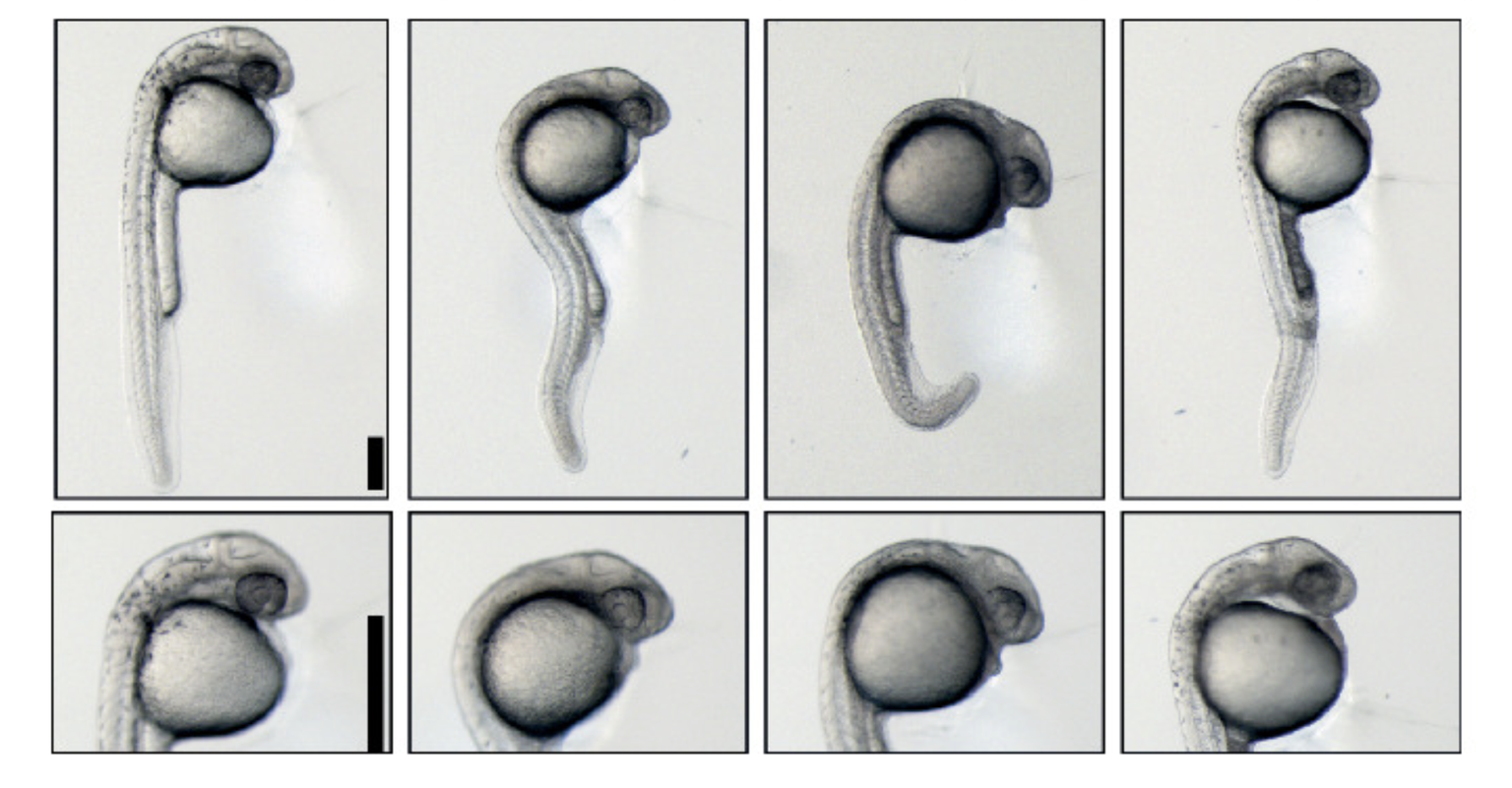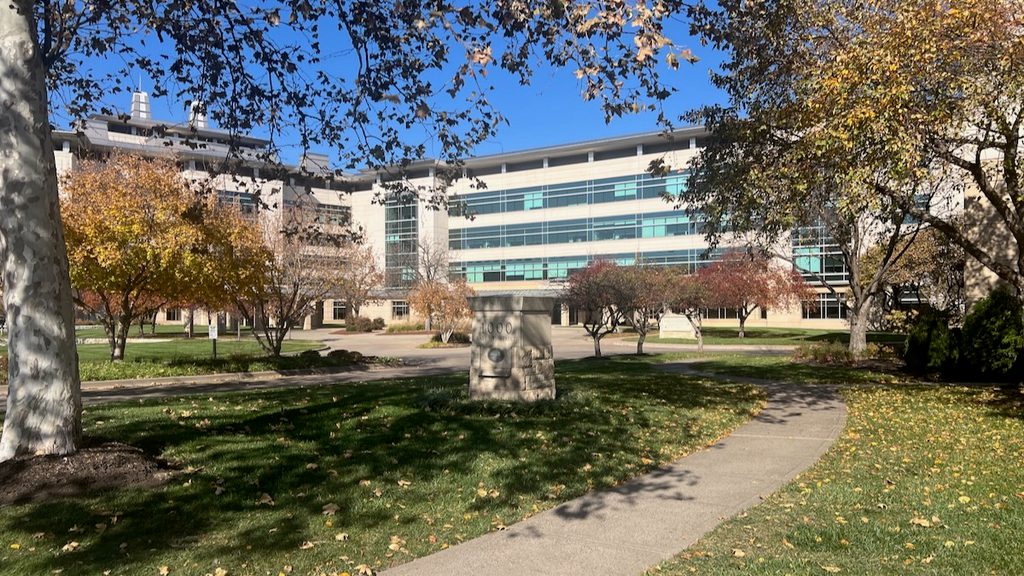#Stowers25: Celebrating 25 Years
24 November 2025
Stowers Institute celebrates 25 years of foundational research at Anniversary Symposium
25 Years of Discovery, Innovation, and Hope
Read Article
Stress-induced genomic instability facilitates rapid cellular adaption in yeast
KANSAS CITY, MO— Cells trying to keep pace with constantly changing environmental conditions need to strike a fine balance between maintaining their genomic integrity and allowing enough genetic flexibility to adapt to inhospitable conditions. In their latest study, researchers at the Stowers Institute for Medical Research were able to show that under stressful conditions yeast genomes become unstable, readily acquiring or losing whole chromosomes to enable rapid adaption.

“Cells employ intricate control mechanisms to maintain genomic stability and prevent abnormal chromosome numbers,” says the study’s leader, Stowers investigator Rong Li, Ph.D. “We found that under stress cellular mechanisms ensuring chromosome transmission fidelity are relaxed to allow the emergence of progeny cells with diverse aneuploid chromosome numbers, producing a population with large genetic variation.”
Known as adaptive genetic change, the concept of stress-induced genetic variation first emerged in bacteria and departs from a long-held basic tenet of evolutionary theory, which holds that genetic diversity—evolution’s raw material from which natural selection picks the best choice under any given circumstance—arises independently of hostile environmental conditions.
“From an evolutionary standpoint it is a very interesting finding,” says graduate student and first author Guangbo Chen. “It shows how stress itself can help cells adapt to stress by inducing chromosomal instability.”
Aneuploidy is most often associated with cancer and developmental defects and has recently been shown to reduce cellular fitness. Yet, an abnormal number of chromosomes is not necessarily a bad thing. Many wild yeast strains and their commercial cousins used to make bread or brew beer have adapted to their living environs by rejiggering the number of chromosomes they carry. “Euploid cells are optimized to thrive under ‘normal’ conditions,” says Li. “In stressful environments aneuploid cells can quickly gain the upper hand when it comes to finding creative solutions to roadblocks they encounter in their environment.”
After Li and her team had shown in an earlier Nature study that aneuploidy can confer a growth advantage on cells when they are exposed to many different types of stress conditions, the Stowers researchers wondered whether stress itself could increase the chromosome segregation error rate.
To find out, Chen exposed yeast cells to different chemicals that induce various types of general stress and assessed the loss of an artificial chromosome. This initial screen revealed that many stress conditions, including oxidative stress, increased the rate of chromosome loss ten to 20-fold, a rate typically observed when cells are treated with benomyl, a microtubule inhibitor that directly affects chromosome segregation.
The real surprise was radicicol, a drug that induces proteotoxic stress by inhibiting a chaperone protein, recalls Chen. “Even at a concentration that barely slows down growth, radicicol induced extremely high levels of chromosome instability within a very short period of time,” he says.
Continued growth of yeast cells in the presence of radicicol led to the emergence of drug-resistant colonies that had acquired an additional copy of chromosome XV. Yeast cells pretreated briefly with radicicol to induce genomic instability also adapted more efficiently to the presence of other drugs including fluconazole, tunicamycin, or benomyl, when compared to euploid cells.
Interestingly, certain chromosome combinations dominated in colonies that were resistant to a specific drug. Fluconazole-resistant colonies typically gained an extra copy of chromosome VIII, tunicamycin-resistant colonies tended to lose chromosome XVI, while a majority of benomyl-resistant colonies got rid of chromosome XII. “This suggested to us that specific karyotypes are associated with resistance to certain drugs,” says Chen.
Digging deeper, Chen grew tunicamycin-resistant yeast cells, which had adapted to the presence of the antibiotic by losing one copy of chromosome XVI, under drug-free conditions. Before long, colonies of two distinct sizes emerged. He quickly discovered that the faster growing colonies had regained the missing chromosome. By returning to a normal chromosome XVI number, these newly arisen euploid cells had acquired a distinctive growth advantage over their aneuploid neighbors. But most importantly, the fast growing yeast cells were no longer resistant to tunicamycin and thus clearly linking tunicamycin resistance to the loss of chromosome XVI.
Researchers who also contributed to the work include William D. Bradford and Chris W. Seidel both at the Stowers Institute for Medical Research.
The study was funded in part by the National Institute of General Medical Sciences.
About the Stowers Institute for Medical Research
The Stowers Institute for Medical Research is a non-profit, basic biomedical research organization dedicated to improving human health by studying the fundamental processes of life. Jim Stowers, founder of American Century Investments, and his wife Virginia opened the Institute in 2000. Since then, the Institute has spent over 800 million dollars in pursuit of its mission.
Currently the Institute is home to over 500 researchers and support personnel; over 20 independent research programs; and more than a dozen technology development and core facilities.
#Stowers25: Celebrating 25 Years
24 November 2025
25 Years of Discovery, Innovation, and Hope
Read Article
News

18 November 2025
Stowers Associate Investigator Ariel Bazzini, Ph.D., discusses a collaboration that uncovered a new mechanism guiding the earliest steps of life.
Read Article
In The News

17 November 2025
From The Beacon, when the Institute opened its Kansas City headquarters in 2000, much of the scientific world was skeptical that biomedical research could succeed in the Midwest.
Read Article
